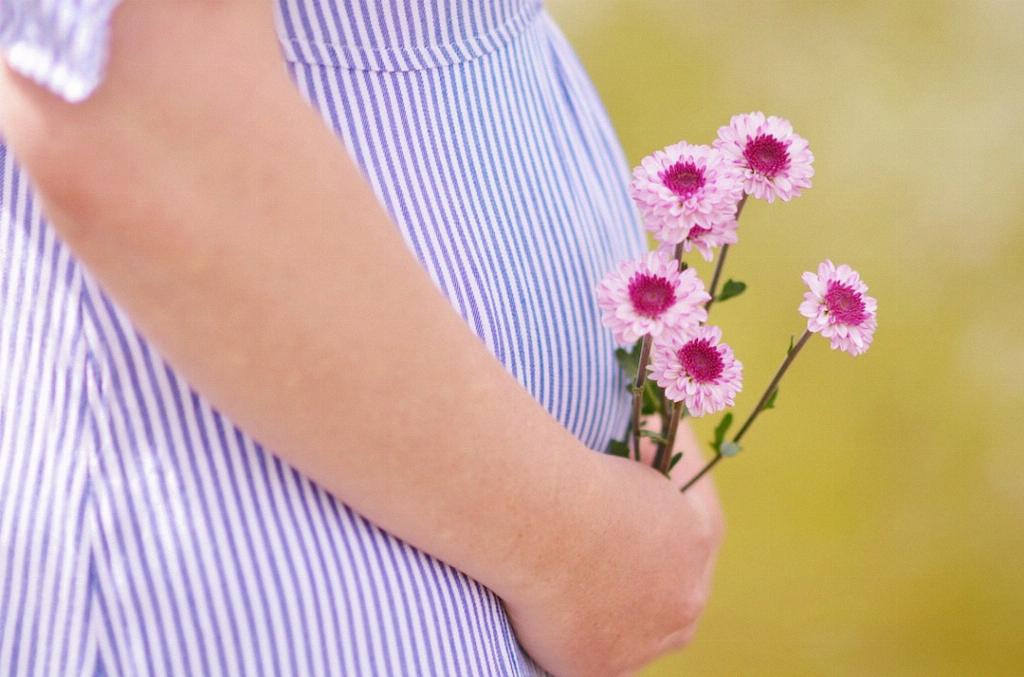When it comes to the question of whether hyperovulation occurs after a miscarriage, the topic can be complex and nuanced. One factor to consider is the timing of ovulation following a miscarriage, as some individuals may ovulate and become pregnant relatively soon after pregnancy loss. The idea of hyperovulation – releasing multiple eggs during a single ovulation cycle – adds another layer to the discussion.
Timing of Ovulation After Miscarriage
It’s essential to recognize that ovulation can resume shortly after a miscarriage, with some individuals ovulating as early as two weeks post-loss. This rapid return to fertility may lead to speculation about the possibility of hyperovulation in the subsequent cycle. However, the connection between the two remains subject to various factors and scientific exploration.
Mixed Findings on Fertility Post-Miscarriage
While some sources suggest that fertility increases after a miscarriage, there is a contrast in the research findings. Studies present a diverse range of outcomes regarding fertility rates and the likelihood of conception after a pregnancy loss. This divergence underscores the intricate nature of reproductive health and the absence of a definitive answer to whether hyperovulation occurs following a miscarriage.
The Concept of Hyperovulation
Hyperovulation, or the release of multiple eggs in a single ovulation cycle, is a phenomenon that can impact fertility and the chances of conceiving twins or multiples. The occurrence of hyperovulation is typically associated with certain factors, such as genetics and hormonal influences, but its presence after a miscarriage remains a topic that necessitates scrutiny and investigation.
Variables Influencing Hyperovulation Post-Miscarriage
Various elements may influence the likelihood of hyperovulation occurring after a miscarriage. Factors such as age, hormone levels, overall health, and genetic predispositions can play a role in determining the probability of releasing multiple eggs during ovulation. Understanding these variables is crucial in comprehending the potential implications of hyperovulation in the context of pregnancy loss.
Medical Guidance and Monitoring
For individuals who have experienced a miscarriage and are planning to conceive again, seeking medical advice and guidance is crucial. Healthcare professionals can provide insight into the individual’s reproductive health, offer recommendations for optimizing fertility, and monitor the ovulation process to assess the potential occurrence of hyperovulation. This personalized approach can help individuals navigate the complex terrain of fertility post-miscarriage.
Emotional Considerations
Dealing with the aftermath of a miscarriage involves emotional challenges that extend beyond the physical realm. The prospect of hyperovulation and fertility after pregnancy loss can add another layer of complexity to an already sensitive situation. It’s essential for individuals to prioritize self-care, emotional well-being, and seek support during this period of uncertainty and transition.
Research and Scientific Insights
Advancements in reproductive science and ongoing research endeavors contribute to our understanding of fertility patterns post-miscarriage. Exploring the potential link between hyperovulation and pregnancy loss requires a multi-faceted approach that integrates clinical data, genetic studies, and hormonal analyses. By delving into these insights, we can gain a more comprehensive perspective on the intricacies of ovulation following a miscarriage.
Support Networks and Community Resources
Engaging with support networks, online forums, and community resources can offer individuals a sense of connection and solidarity during their fertility journey post-miscarriage. Sharing experiences, seeking advice from others who have navigated similar challenges, and accessing informational tools can be invaluable in fostering a supportive environment that acknowledges the complexities of hyperovulation and fertility concerns.
Personal Reflection and Decision-Making
Ultimately, the decision-making process regarding fertility post-miscarriage is deeply personal and unique to each individual. Reflecting on one’s goals, desires, and emotional readiness for another pregnancy plays a pivotal role in shaping the approach to conceiving again. Navigating the potential nuances of hyperovulation requires introspection, communication, and a sense of empowerment in making informed choices regarding reproductive health.
Conclusion: Navigating Fertility Dynamics
In conclusion, the question of whether hyperovulation occurs after a miscarriage intertwines with the broader narrative of fertility dynamics and reproductive health. While the timing of ovulation post-loss and the possibility of hyperovulation offer intriguing avenues for exploration, the answers remain nuanced and multifaceted. By approaching the topic with curiosity, empathy, and a proactive mindset, individuals can embark on their fertility journey with resilience, knowledge, and a deep understanding of the intricacies of hyperovulation post-miscarriage.

